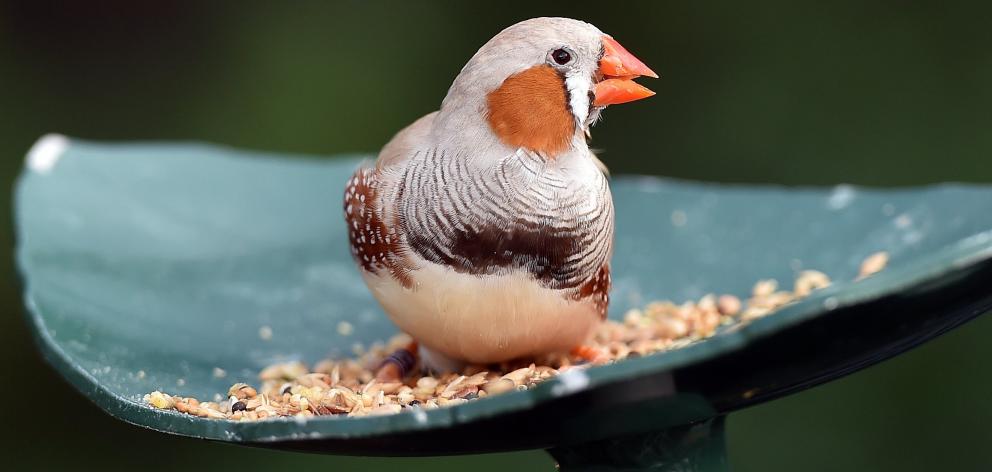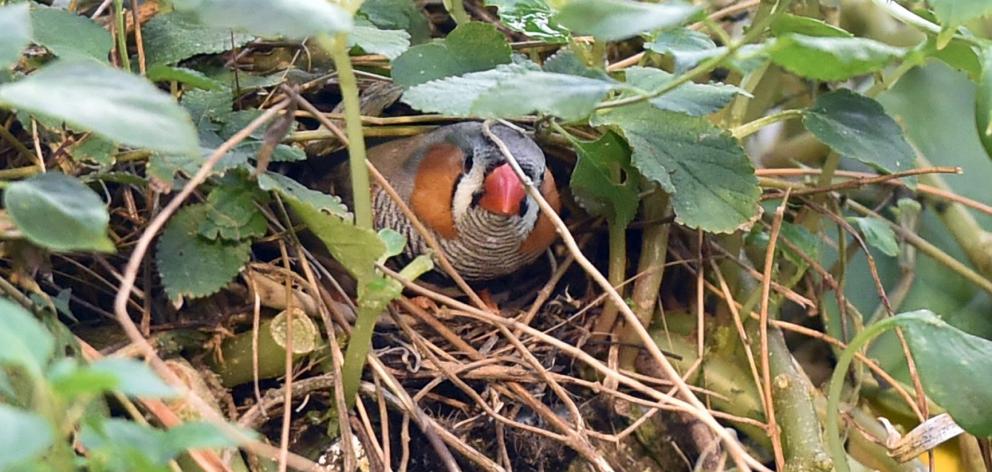
And that was when Otago Museum living environments officer Anthony Stumbo began to realise that these were zebra finch chicks calling to be fed, in the museum’s forest.
The forest’s zebra finches, apparently for the first time, have begun raising their young, in the "wild" of the forest, partly because of a nearly two-month break from the usual stream of human visitors, during the coronavirus lockdown.
Dr Stumbo said greatly increased nest-building behaviour and the first "wild-born" zebra finch chicks were positive but unintended consequences of the lockdown.
The forest is home not only to hundreds of brightly coloured tropical butterflies, but also many other creatures, including turtles, and some other bird species, such as quail and finches.

The adult birds had previously been raised in an
aviary and had probably
never seen a tree before arriving at the museum.
"The thing I find most exciting is they’re starting to use the space in a natural way, more like they would outside," he said.
"They are definitely aware of people; they watch people as they go around.
"They know the people that feed them."
Having few people to observe and interact with during lockdown, the zebra finches spent more time exploring their environment and trying out its possibilities.
"It’s having the place to themselves."














